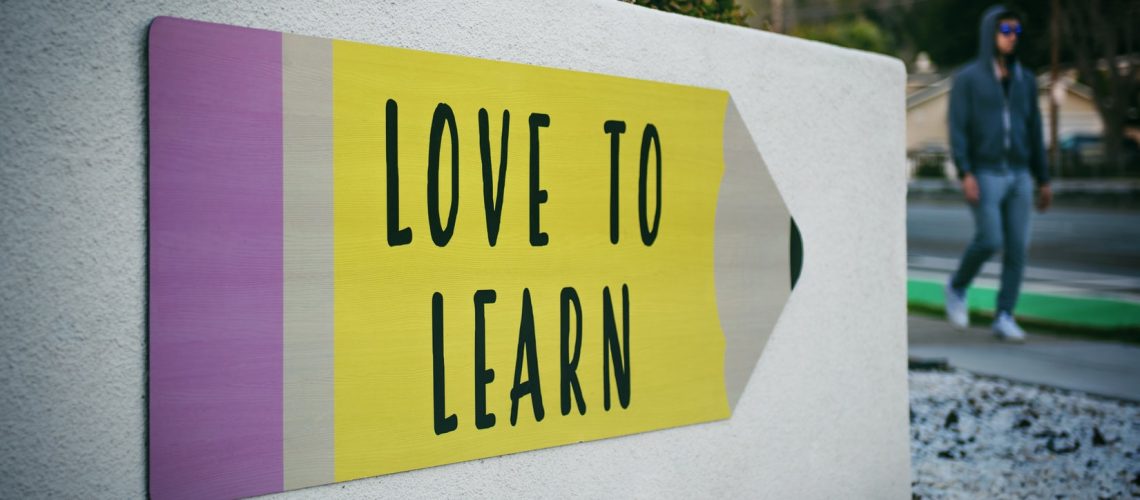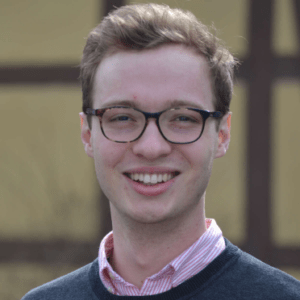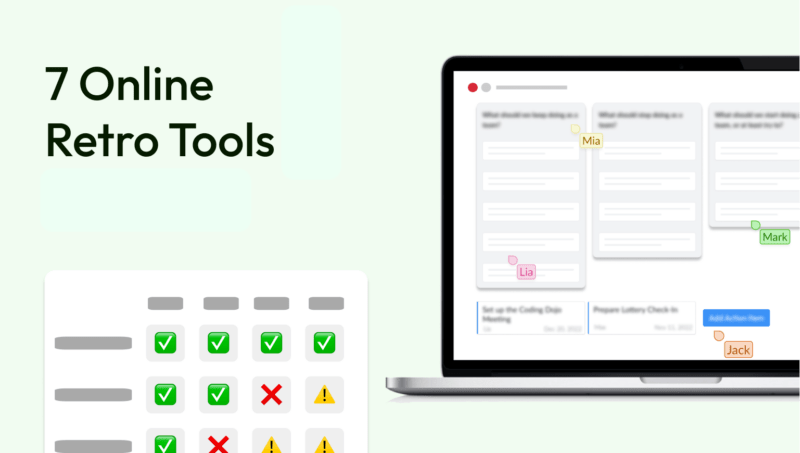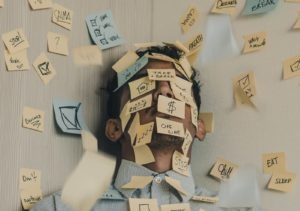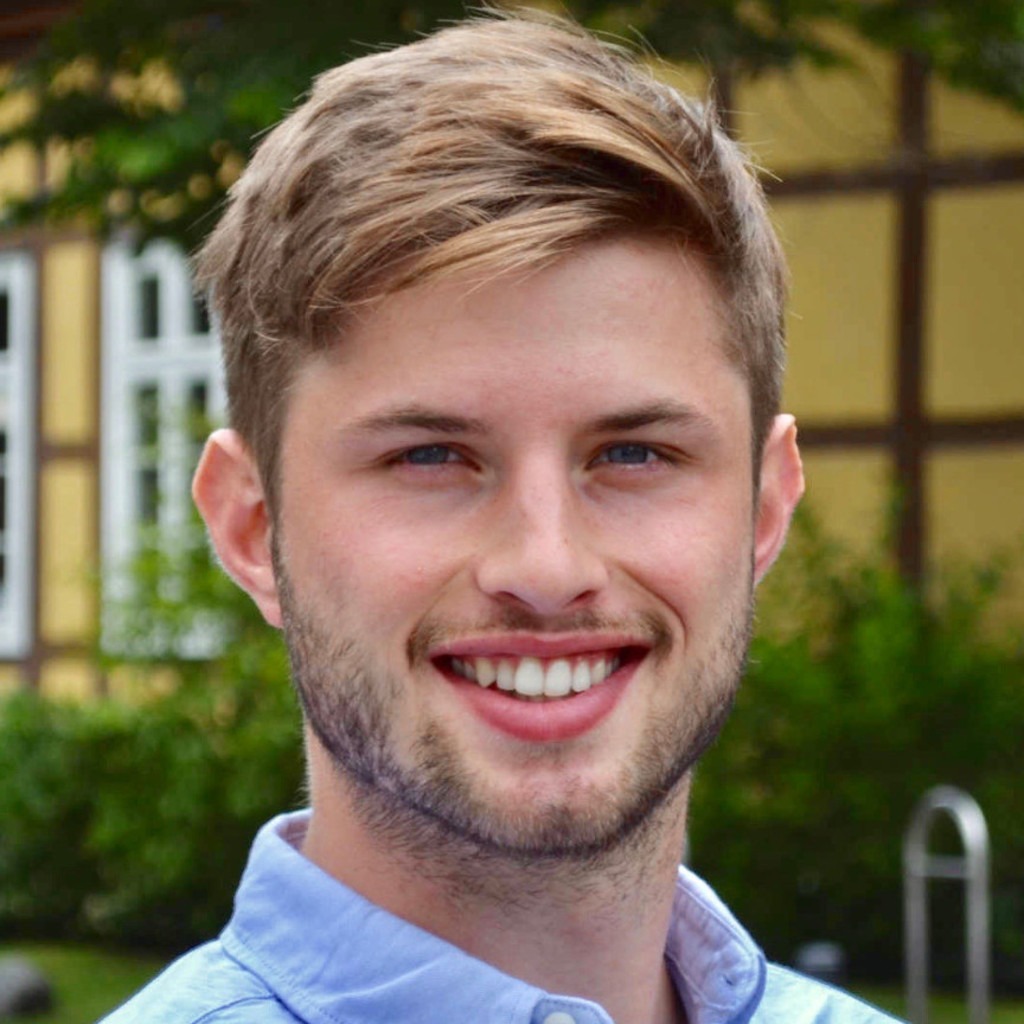As a team or organization, we all aspire to be at the top, when playing the role of quality or innovation leader. Maybe we even want to become a "learning organization" will. In order to be able to meet this requirement, you have to consistently implement a continuous improvement process. In this article we present everything about the topic “Lessons Learned Workshop” and show how you can use this format to continuously develop yourself. Our Lessons Learned Checklist will certainly help you with this.
What is a 'Lessons Learned Workshop'?
As the term "Lessons Learned" suggests, a Lessons Learned Workshop is about enabling a team to learn from previous experience.
In a 'Lessons Learned Workshop', you look retrospectively at past teamwork. Therefore, the workshop format in agile teams and in scrum is also called a Retrospective . “Team Debriefs” is also a commonly used synonym in a different context.
The goal of 'lessons learned workshops' or simply Retrospectives (abbreviated “retros”) remains the same: to derive a continuous learning process from practical experience in order to develop continuously.
Most Agile Coaches and Scrum Masters run in circles...
...fixing superficial symptoms. Time to use psychology to foster sustainable mindset change.
Introducing 'lessons learned workshops' to my team or project
If your goal is having a continuous improvement process in yours projects or teams, 'lessons learned workshops' are suitable for you.
A frequent reason for this introduction is the achievement of project milestones or project completions. At such times, depending on the size of the team, the team takes at least 60 to 180 minutes to reflect on the “how”, and to derive knowledge and possibly also arrangements for the future.
In agile teams that work together long term, such a format is even firmly integrated into the daily routine, taking place at a weekly to monthly frequency, depending on the sprint rhythm.
From our perspective, more and more teams are adapting these continuous formats with great success.
What is the use of Lessons Learned Workshops?
Many managers would probably react to this idea like: “Invest 60 to 90 minutes in a reflection every 2 weeks? What is that supposed to achieve?!"
Fortunately, studies have answered this question before. Tannenbaum und Cerasoli (2013) have demonstrated in a meta-study that the effectiveness of teams through this self-reflection (when done correctly) increases by an average of between 20% and 25%.
Practical examples
How do these productivity gains come about? Here are a few examples of the questions that, combined with the right measures, can create such productivity gains:
- Working methods: So far, we have recorded every step of our progress in an Excel, and updating them with different versions has always caused a lot of work and confusion. A possible measure/solution: Try out online tools such as Trello or Notion to organize the projects, so that versions no longer have to be put together manually.
- Self-organization & decision-making processes: We hardly know how far someone is with their sub-project. Should we try a “daily stand-up” format to improve team coordination?
- Communication within the team and with stakeholders: The drafts for new products are only shared with the stakeholders relatively late, when a lot of work has already been invested into them. How can we get regular feedback from our stakeholders earlier?
- Prioritization: Although we gained new insights during the course of the project, we stuck to our original prioritization. How can we ensure that we take better advantage of the new knowledge in our future planning?
Of course, these topics could also be recognized and improved without a lessons learned workshop. But through a structured feedback process - without the stress of everyday life - such issues can arise on their own.
A lessons learned workshop is therefore a very efficient format when it comes to identifying and implementing improvement potential or blockers. It is also particularly positive that this process is self-organized within the teams, which further increases commitment and satisfaction within the team.
How can I prepare and conduct a Lessons Learned Workshop? - a template
These workshops, once internalized within a team, are not difficult to implement at all. The course of action combines the best practices of workshop moderation, which will sound familiar to many. There are, of course, countless methods for facilitating these workshops, the 5 steps of the Lessons Learned Checklist provide a simple example of a successful workshop:
Step 1: Check-in with an open question
The workshop should be as interactive as possible, which is why the best practices often start with an open question that every team member answers on their turn. This way, everyone is involved in the conversation. Some examples can be:
- On a scale of 0-10, how confident are you that we will achieve our project / team goal, and why?
- What was the biggest setback or success for you in the last week (or month ...)?
Step 2: Collect topics
While the first step is to ensure that everyone is in a "lessons learned" mode, the next step is to collect the feedback in a structured manner. In order to avoid "group thinking" , this should be done individually before sharing topics to the rest of the group.
Here, too, different question formats can be used to stimulate the conversation. We see these following examples particularly often:
- Good-Bad (a simple variant for beginners): What went well? What didn't go so well?
- Keep-stop-start (popular, better leads from status quo to measures than "start-stop-continue"): What should we continue with in the team as before? What should we stop in the team with? What should we start with as a team, or at least try it out?
- Expected-Unexpected (good for a variety): What happened, that you expected to happen in advance? What went positively that you didn't expect in advance? What went worse than you expected?
There are more than 30 lessons learned Methods possible (aka retrospective methods) – some of them are pretty creative and playful.
If you are still unsure, simply read through Holger's (Agile Coach) experiences with our tool .
Our tool also helps with prioritization, which leads us to the next step.
Step 3: Prioritize topics
Once the topics have been collected and grouped thematically, you can proceed to prioritization. This is about identifying the most important topics and findings, that you, as a team, want to keep a record of.
Ideally, each team member has three points or notes for prioritization, which are then glued to the "public" feedback (for example, on the flipchart) depending on personal preference. Everyone can simply vote with a marker. The feedback, which has the most tallies counted, would be considered most urgent - and measures can be derived from there.
Step 4: Derive measures
As a team, you then decide how you want to put the knowledge you have gained into practice. The measures should meet certain standards, perhaps corresponding to the SMART-Formula.
An important note is to remember not to take too many measures: concentrate on the 3 most important topics. Otherwise, it will be difficult to actually tackle all measures, which will leave the team in doubt of the lessons learned format as a whole.
Our recommendation is to do a short lessons learned workshop with three measures every 2 to 4 weeks, rather than a “big one” every 6 months, where, realistically, only 4 of the 10 measures can be implemented.
Step 5: Closing
At the end, it should be summarized which insights have been gained, and which measures have been recorded. This step can also be made interactive by an open question to all participants:
- What was the most important lesson you learned from the lessons learned workshop today?
- What are you going to do for yourself in the near future?
Lessons Learned Workshop - conclusion

Of course, this format takes time. That is why it is important for us to emphasize here that enough time should be made for lessons learned workshops. This can be stressful during phases towards the end of a project, but should not be skipped.
After all, this is the only way to ensure that you don't fall into the same traps again next time and stay trapped in the hamster wheel. In an emergency, it would be better to have a short lessons learned workshop, rather than none.
In the next post , we also have a few tips & other best practices for your lessons learned workshops!
Most Agile Coaches and Scrum Masters run in circles...
...fixing superficial symptoms. Time to use psychology to foster sustainable mindset change.
